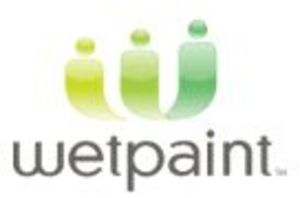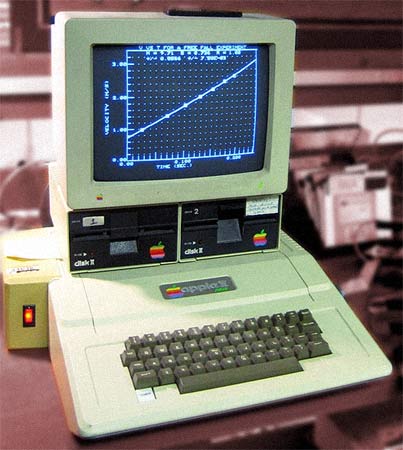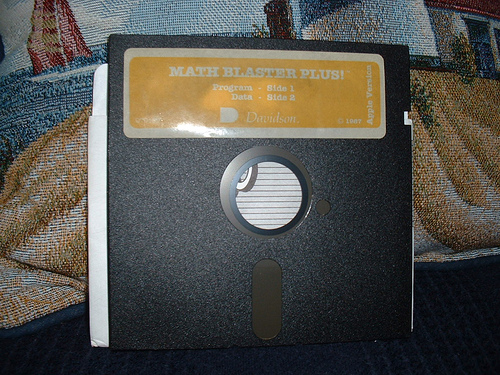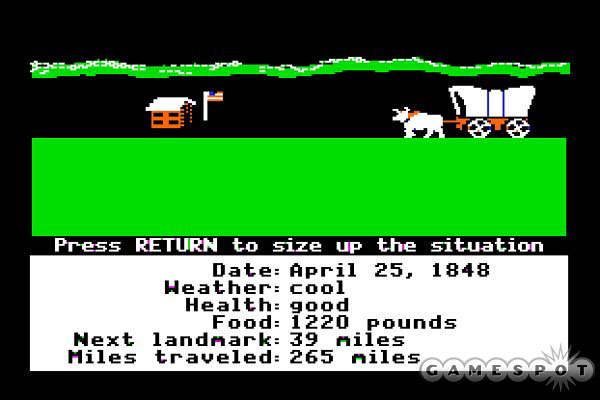Course:ETEC511/511HETWikiActivity
ETEC 511 History of Educational Technology: Discourse Leadership:
Learning Module: Overview :: Audio - Paul & Petrina (2002) :: Reading #1 - Moody (1999) :: Reading #2 - Petrina (2004) :: Reading #3 - Petrina (2002) :: Wiki Activity :: Twitter BackChannel Discussion :: Conclusion
DLG Foundations: Learning Theory :: References
Created and Facilitated by: Rachel Bronk, Sharon Hann, Emily Jarvis, Aaron Mueller and Andrew Olson
Wiki Activity
Please ensure that you are logged in to UBC Wiki by clicking the log in icon at the top right of your screen
One of the best ways to reflect on the history of educational technology is to reflect on your own experience. Any good historian works with timelines in order to make sense of an issue, so we invite you to add to our timeline below with a response to the following questions (you might be able to address one or both):
1. What educational technology that you have used used - as a teacher, facilitator, designer or student - worked exceptionally well?
2. What educational technology that you have used did not work well at all?
Please do your best to "plot" your thoughts in the appropriate category. We encourage you to add links to related articles or images.
2000's
Over the course of two years, I created an Educational Wiki at Wetpaint for a Sustainability and Stewardship module for my science students. The layout and user-friendly navigation for both learners and instructor made the experience a memorable one for my students. It worked very well and the feedback from students was overwhelmingly positive.
Overall, it was a great experience and I was able to collaborate with other teachers from all over the world in order to create a unique and worthwhile learning experience for my students. (Omar R.)
Notable technologies that I have used with great results in the last couple of years are Inspiration mapping software (for outlining units, assignments, brainstorming activities, review purposes) and Smartboards. As a math teacher, the advantage of the Smartboard cannot be understated - especially for geometry activities using software such as Geometer's sketchpad! Students are much more into it, than they are sitting at their own computers and following along on the projector or on their own. Emily
1990's
When I first saw this activity, the memory that jumped to the forefront on the 'crappy applications' topic was the career software 'Choices' that I used in junior and senior high school (this spans back into the 80s as well. I remember looking at the career options that it generated for me, and feeling like it was pretty limited - I think my options were 'fighter pilot' or 'electrical engineer.' Way to open up my prospects!! Emily
1980's
In the 1980's I was a young student in grade 3. It was my job, as a smart little 8 year old to take the one copy of "Math Blaster" we had in the school (5.1/4 floppy version) and go to the computer lab of 20 Apple IIe's and boot them all up!
As students we loved this math game, as the asteroids flew towards earth, they had a math question needing to be answered so you could blow up the asteroid. Very behaviourist, and definitely a version of Pressey's automatic teacher!
Another great game from back in the day was the game Oregon Trail. You had to start out with how much of your precious money you would spend on supplies (Oxen, Ammo, Meat, Clothes, Extra wagon wheels, etc) and then you would set out and try to make it all the way to Oregon, but mostly you and your family just died along the way. I think the hunting mini-game within this game might have been the very first, First-person-Shooter! (FPS)
I find it really funny I was a lab tech way back before I could really tie my own shoes!
1970's
1960's
1950's




